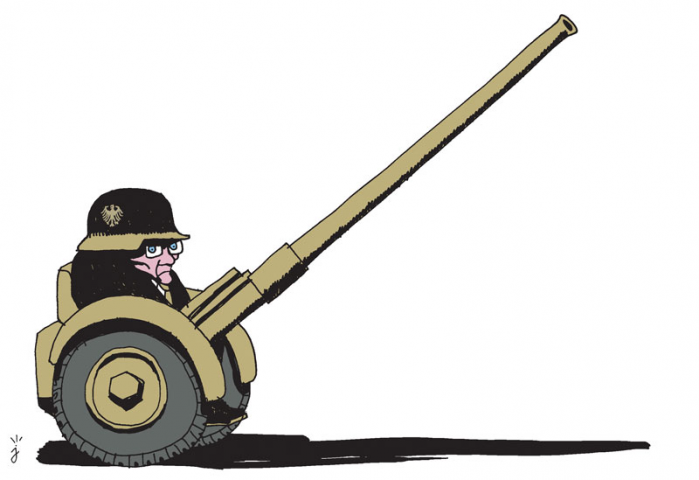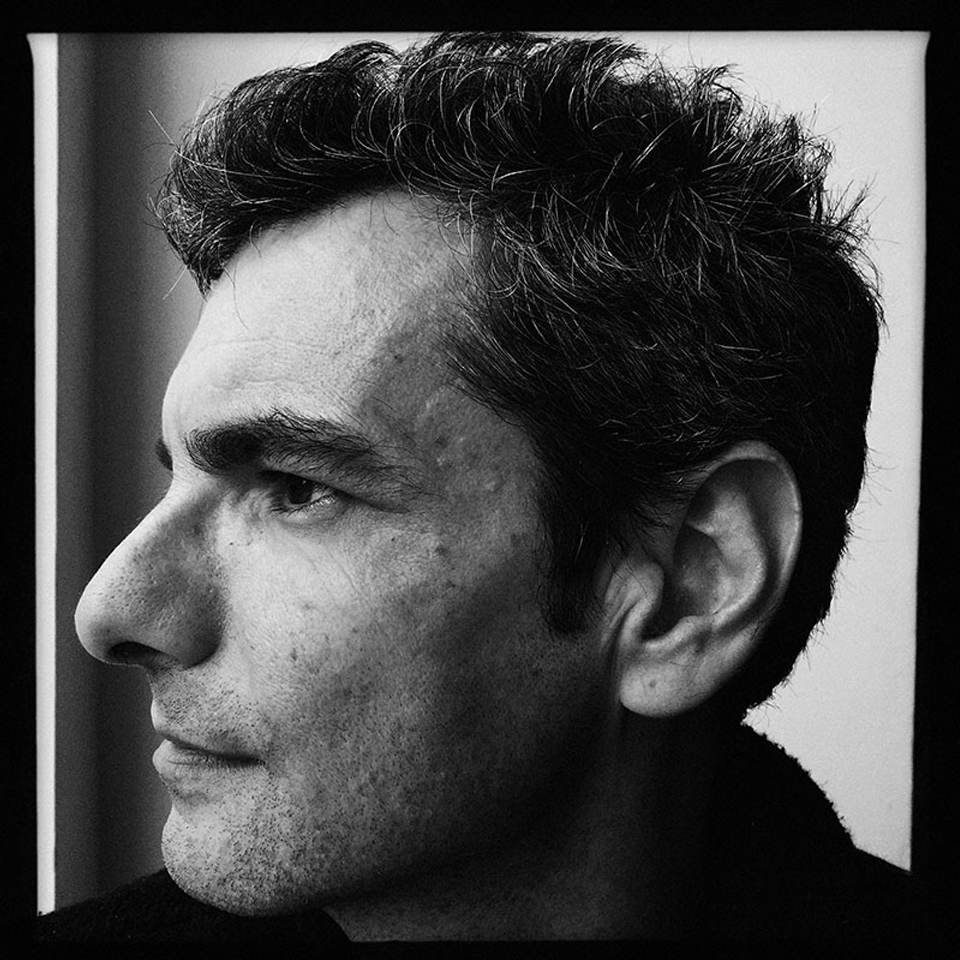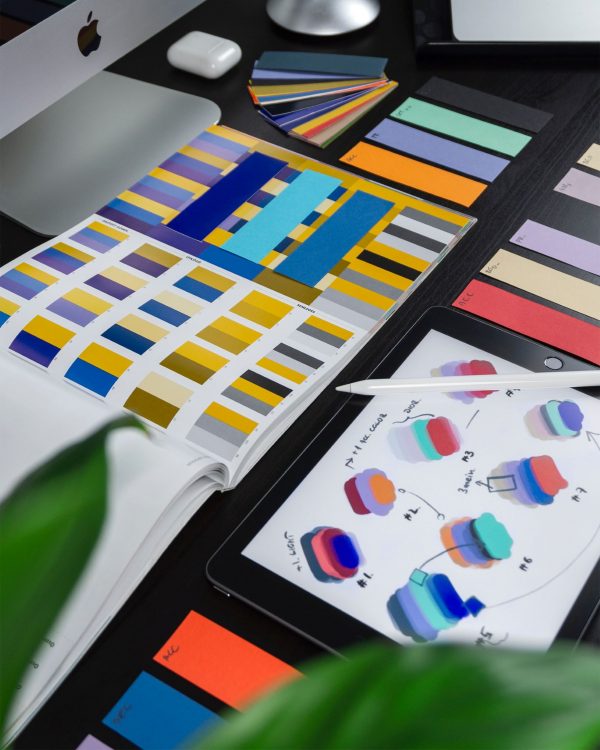Interview with comic book illustrator António Jorge Gonçalves

Remembering the “insanely great” Steve Jobs
February 24, 2022
The sustainable way to buy paper
March 8, 2022
António Jorge Gonçalves was born in 1964, in Lisbon, Portugal. He has a degree in Communication Design from Escola Superior de Belas-Artes in Lisbon, and an MA in Theatre Scenography from the Slade School of Fine Art, in London.
His work involves editorial illustration, political cartooning and visual performance. He is the author of several comic books, including the trilogy Filipe Seems (with Nuno Artur Silva) and the graphic novels Rei and the Supreme Art (with Rui Zink). Between 2003 and 2018, he published weekly political cartoons in Inimigo Público, a supplement of the popular Portuguese newspaper Público. In 2014, he received the National Prize for Illustration for Ondjaki’s book Uma Escuridão Bonita (A Beautiful Darkness).
In the last decade, his digital drawing performances have taken place all over the world, involving artists such as Bulllet, Kalaf, Amélia Muge, Micro Audio Waves, Gino Robair, Ellen Fullman, Mário Laginha or Bernardo Sassetti.
1. I want to start by asking a question that is usually hated by artists. Why do you do it? Why do you draw?
I could say it’s a necessity, I could say it’s a protection from the world, I could say it’s victory over boredom, I could say it’s a mirror, I could say it’s an exhibition. It could or could not be all that. I hope these thoughts bring order to an impetuous disorder.
Just because is the fairest answer.
2. What distinguishes drawing and illustration from other artistic representations?
More than what distinguishes, I am interested in what is common; all forms of art come from the same bag, and the 20th century has already exhausted the idea of specialization.
Stop putting things into boxes!
3. What is your creative process like, and in what instances does paper come in?
Looking, feeling and understanding, on the one hand.
Experimenting, playing, and taking risks, on the other.
Sometimes it follows one ahead, sometimes it follows the other.
Paper is (almost) always there.
4. Is the quality of paper relevant to your work?
I have, like everyone else (I think), my favorite notebooks. Sometimes the material determines the result: a paper, a scriber, a type of ink, a format. Sometimes ideas are born without materiality, and the search for the right materials is like a game of hide and seek.
5. Do you use computer software? Which ones?
Mail, Pages, Numbers, Quick Time, Photoshop, Premiere, Da Vinci, Illustrator, Audition, Spotify, VLC, Acrobat, Lightroom, SnapzX, iTunes,
6. Do you think that in 10 years from now illustrators and graphic novel creators will still be using paper? Or will the trend be to increase the usage of digital resources, ignoring paper altogether?
Predictions of the future always fail. Twenty years ago it was said that books would soon be replaced by ebooks. It didn’t happen. I believe that a hybrid process is the most practiced approach. Otherwise we would need to carefully define what we mean when we talk about “digital”. Once a “manufactured” original is digitized it becomes a digital file.
7. And what is your opinion on the experience of reading graphic novels digitally or through paper?
Perhaps this is a time when a lot of people want to have access to everything in its digital medium; but like the issue I mentioned earlier regarding ebooks, the physical object will continue to have its importance.
8. What advice would you give to a young artist who aspires to enter the world of illustration and graphic novels?
Draw a lot. Without practicing a lot it is not possible to draw good illustrations. Be resilient: in almost all artistic fields we are thirty dogs to a bone. I don’t know if the ones who survive are the best of the pack, maybe it’s the most resilient ones.
9. Finally I would like to know what are your three favorite comics (all genres are valid: manga, graphic novel, French-Belgian comics, etc…).
I repeat: stop putting things into boxes!





